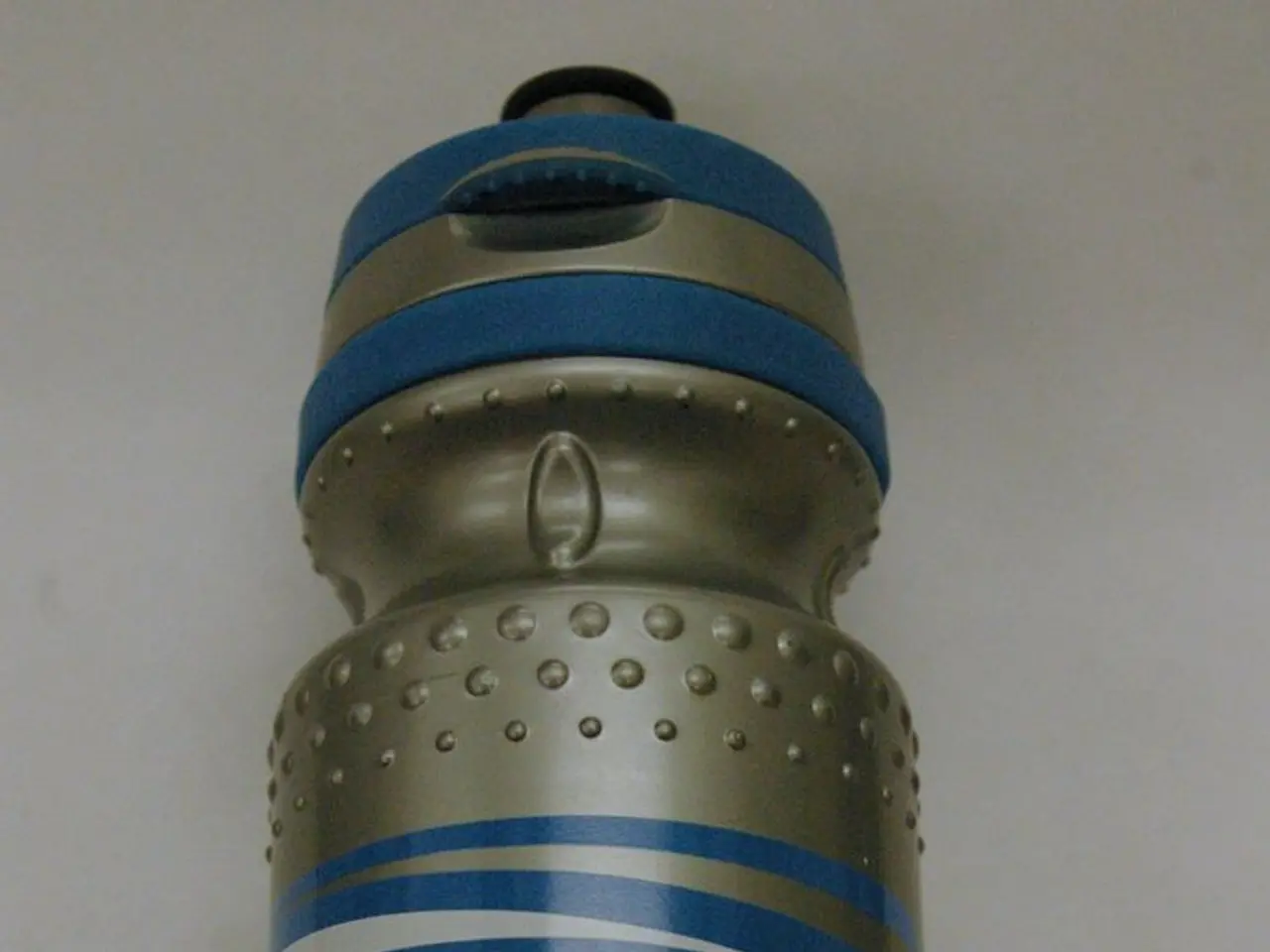Revolutionary Advancements in Metabolic Therapy: Synthetic Hibernation Explored
In recent years, the concept of synthetic torpor has emerged as a captivating area of biomedical research. This artificially induced, controlled hypometabolic state, inspired by the natural torpor mechanism found in certain animals, holds immense potential for transformative medical applications.
Torpor is a physiological adaptation that allows organisms to enter a drastic, reversible state of metabolic suppression, helping them endure environmental stressors such as food scarcity, extreme cold, or other stressors. The natural torpor mechanism allows organisms to reduce their metabolic rate and body temperature substantially, conserving energy.
Research into synthetic torpor is multidisciplinary, merging insights from neuroscience, physiology, molecular biology, and biomedical engineering. In 2020, a groundbreaking study led by Todd E. Anthony, Ying-Hua Shen, and colleagues identified specific neuronal populations in the hypothalamus of mice that regulate torpor induction.
One of the key challenges in synthetic torpor research is precisely controlling the depth and duration of hypometabolism. This necessitates ongoing refinement of stimulation parameters and biomarker monitoring. Researchers are also investigating targeted pharmacological agents that modulate torpor-related neural pathways.
The medical potential of synthetic torpor is vast and compelling. It could protect organs and tissues during ischemic events, periods of insufficient blood supply commonly seen in strokes, heart attacks, or surgical procedures. Synthetic torpor may also reduce physiological demands during long-duration space travel, preserving muscle and bone integrity and minimizing psychological stress.
Moreover, synthetic torpor shows promise in enhancing radiation tolerance, potentially mitigating radiation-induced damage. It could reshape the future of space medicine by extending human exploration capabilities.
However, as with any innovative technology, ethical considerations are paramount. These include balancing therapeutic benefits against potential risks, ensuring informed consent, and addressing societal implications. The development and deployment of synthetic torpor will require the establishment of regulatory frameworks to oversee novel neuromodulatory interventions that manipulate fundamental biological functions.
Combination therapies that integrate metabolic suppression with antioxidant and anti-inflammatory agents are under investigation. Innovative neuromodulation devices capable of delivering precise stimuli to key brain regions are being developed to further advance the field.
The intriguing nature of torpor has spurred intense scientific interest, not only to understand its underlying biology but also to harness its benefits for transformative medical applications. Investigating potential long-term consequences of synthetic torpor, such as impacts on immune function or neuroplasticity, is critical to ensure safety.
As research progresses, synthetic torpor continues to hold great promise for the future of medicine, hinting at future therapeutic modalities targeting age-related diseases and promoting healthy longevity through metabolic engineering.








